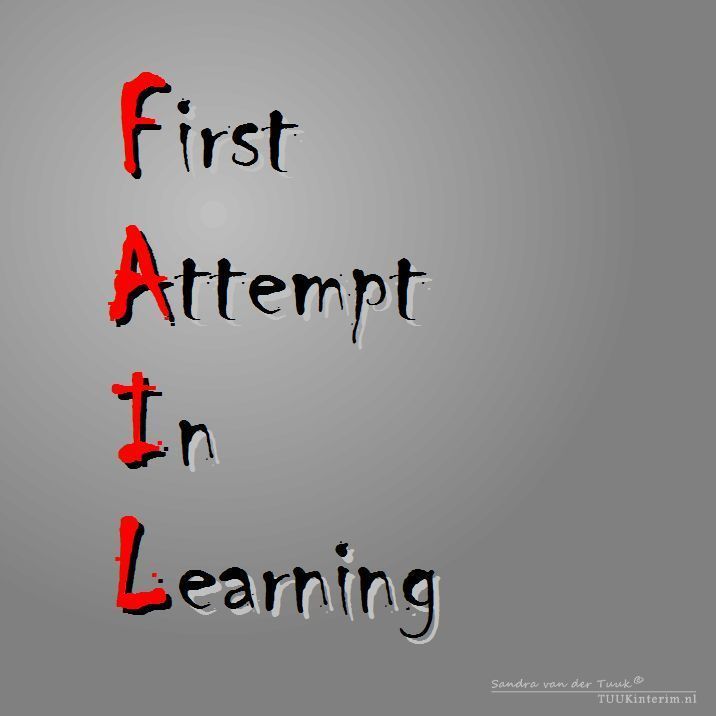the best kept secret to peace of mind is breathing
emily kate moon stashed this in health!
Stashed in: Life Hacks, @emmaseppala, Breathe., Meditation, @emmaseppala, @emilykatemoon
Is this the breathing exercise you recommend?
A Breathing Practice to Try at Home: Alternate Nostril Breathing
This gentle pranayama is said to cool the mind and emotions. You may notice that, at any given time, one nostril is dominant (that is, air flows more smoothly through one nostril and only partially through the other). The dominant nostril alternates throughout the day. Preliminary research suggests that breathing through the right nostril oxygenates the left side of the brain, while breathing through the left nostril oxygenates the right side of the brain. One of the reasons alternate nostril breathing may induce its calming and balancing effects on the mind is that it gently allows for airflow through both nostrils.
To practice, place the index and middle finger of the right hand on the center of the eyebrow, and place the thumb on the right nostril, and the ring finger and pinky on the left nostril. The left hand rests on the lap, palm facing up. Take a deep breath in and, closing the right nostril with your thumb, breathe out through the left nostril. Then take a deep breath in through the left nostril, close the left nostril with your ring finger and pinky at the end of the inhale, and exhale through the right nostril. Take a deep breath in through the right nostril and, closing the right nostril with the thumb, exhale on the left side, and start over. Do this with your eyes closed for about five minutes. Notice the effects on your body and mind.
hahaha! it sounds ridiculous, right?
i tried it, but i don't like pushing on my nose from the outside (just doesn't feel good!), so i did all the nostril-blocking with my thumb and just switched each time. admittedly, it didn't do much for me.
the way i normally do it is to just close my eyes and breathe slowly through both nostrils for a few minutes. i don't hold or count or anything. i just let my body do what it does by itself. and pretty soon, i'm all relaxed and happy!
sometimes it's fun to take a really deep breath, as big as you can, and feel your chest expand, like a stretch for the lungs! hold it for a few seconds when you're all the way full and then let it all the way out till you are empty as empty can be. do five of these and you feel super relaxed.
I like both of those ideas: the unstructured close-your-eyes-and-breathe and the really deep breath.
I like the sound of the 4 second relaxing breath -- aka the 4-7-8 -- too:
The 4-7-8 (or Relaxing Breath) Exercise
This exercise is utterly simple, takes almost no time, requires no equipment and can be done anywhere. Although you can do the exercise in any position, sit with your back straight while learning the exercise. Place the tip of your tongue against the ridge of tissue just behind your upper front teeth, and keep it there through the entire exercise. You will be exhaling through your mouth around your tongue; try pursing your lips slightly if this seems awkward.
- Exhale completely through your mouth, making a whoosh sound.
- Close your mouth and inhale quietly through your nose to a mental count of four.
- Hold your breath for a count of seven.
- Exhale completely through your mouth, making a whoosh sound to a count of eight.
- This is one breath. Now inhale again and repeat the cycle three more times for a total of four breaths.
Note that you always inhale quietly through your nose and exhale audibly through your mouth. The tip of your tongue stays in position the whole time. Exhalation takes twice as long as inhalation. The absolute time you spend on each phase is not important; the ratio of 4:7:8 is important. If you have trouble holding your breath, speed the exercise up but keep to the ratio of 4:7:8 for the three phases. With practice you can slow it all down and get used to inhaling and exhaling more and more deeply.
This exercise is a natural tranquilizer for the nervous system. Unlike tranquilizing drugs, which are often effective when you first take them but then lose their power over time, this exercise is subtle when you first try it but gains in power with repetition and practice. Do it at least twice a day. You cannot do it too frequently. Do not do more than four breaths at one time for the first month of practice. Later, if you wish, you can extend it to eight breaths. If you feel a little lightheaded when you first breathe this way, do not be concerned; it will pass.
Once you develop this technique by practicing it every day, it will be a very useful tool that you will always have with you. Use it whenever anything upsetting happens - before you react. Use it whenever you are aware of internal tension. Use it to help you fall asleep. This exercise cannot be recommended too highly. Everyone can benefit from it.
Source is Dr. Weil: http://www.drweil.com/drw/u/ART00521/three-breathing-exercises.html
that is very cool. thanks for sharing, adam!











12:11 PM Aug 22 2014